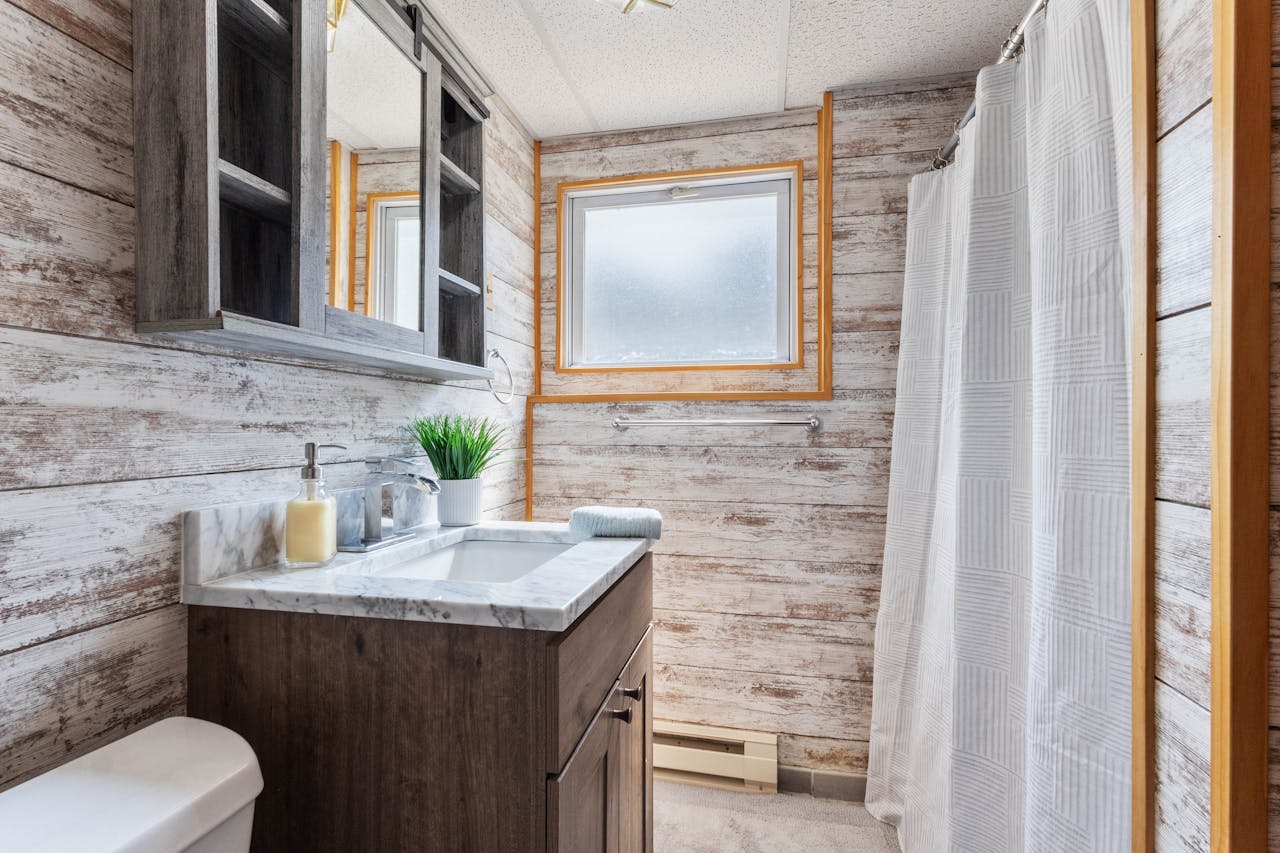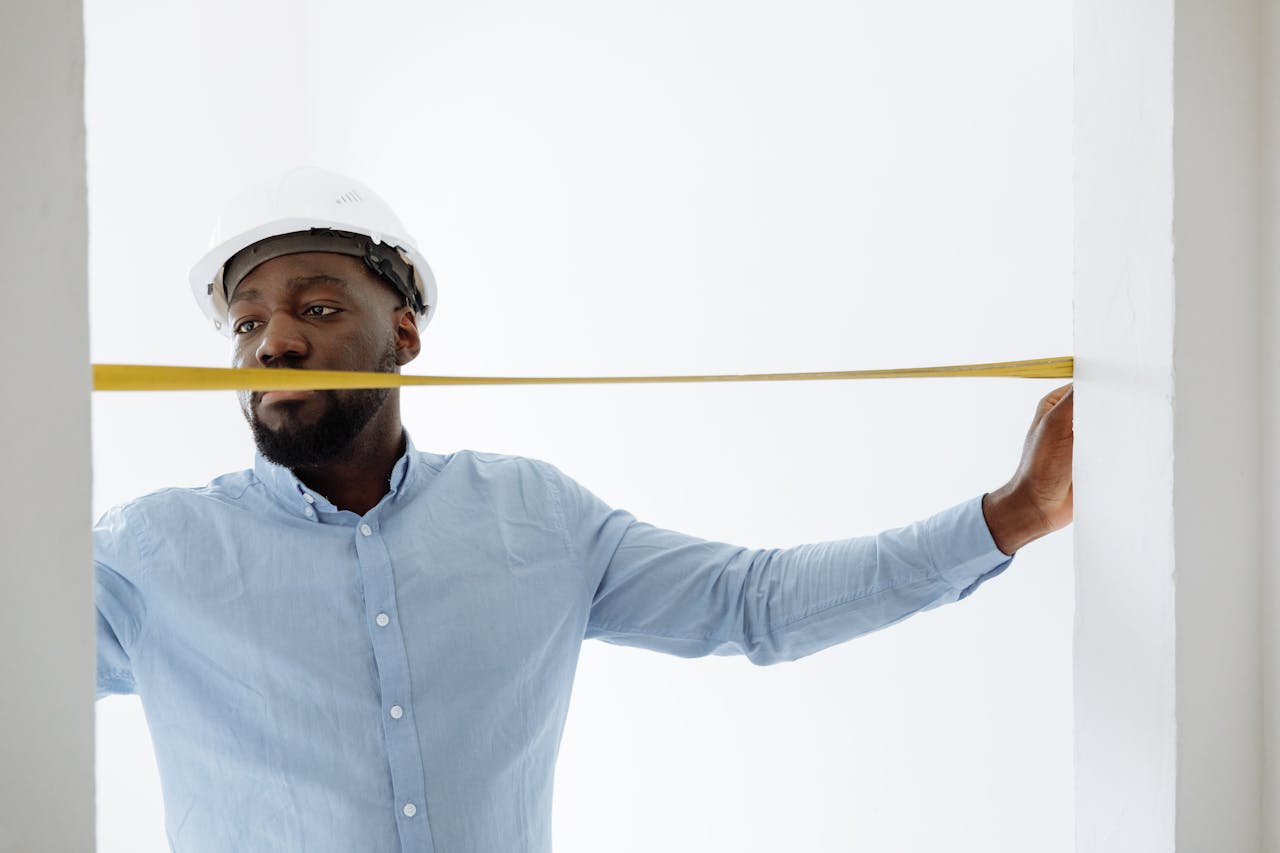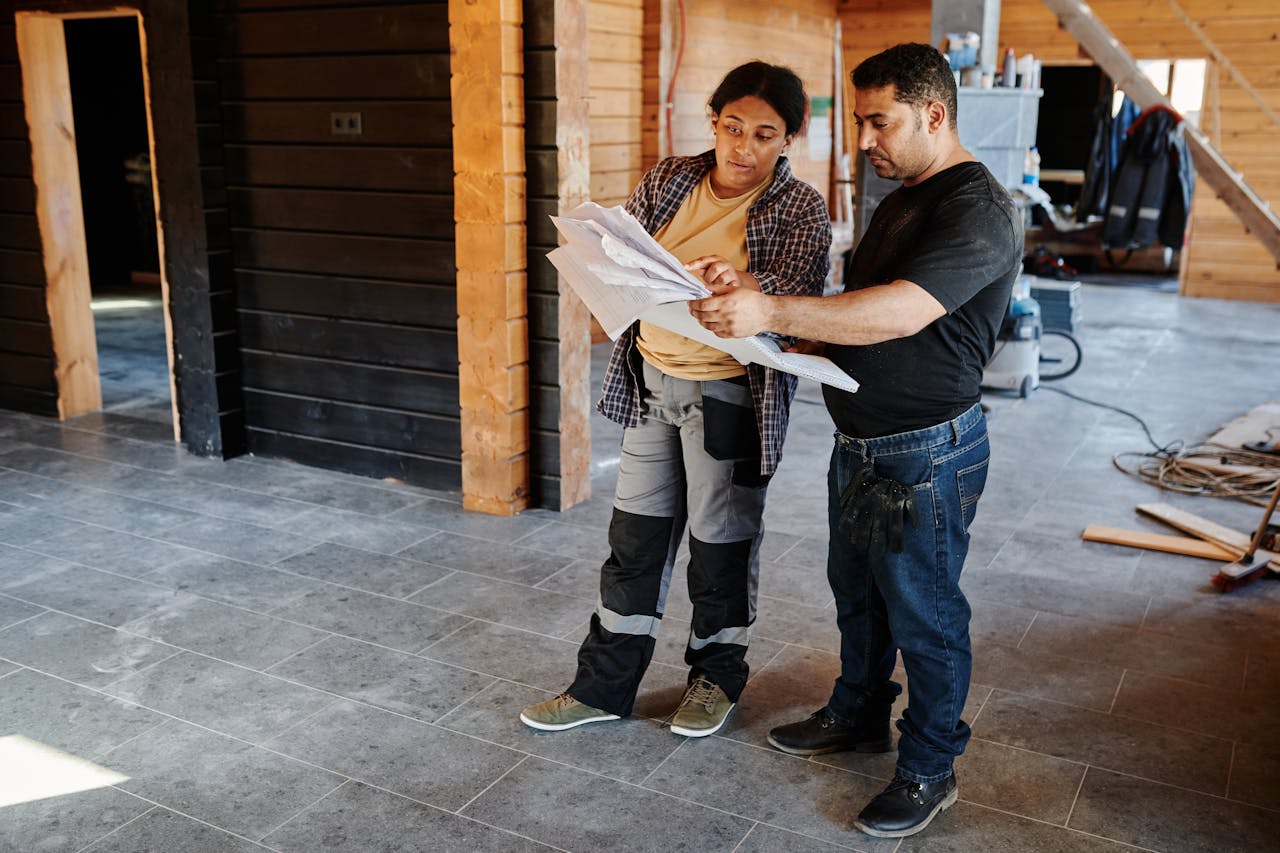Bathroom Remodeling Essentials: Planning, Costs, and Design Inspiration.

Bathroom remodeling is one of the most popular home renovation projects, offering a significant return on investment while enhancing your everyday living experience. Whether you’re updating an outdated bathroom or transforming it into a luxurious spa-like retreat, the key to a successful renovation lies in careful planning, budgeting, and thoughtful design choices. In this guide, we’ll cover the essential aspects of bathroom remodeling, including planning tips, cost considerations, and design inspiration to help you create the bathroom of your dreams.

Planning Your Bathroom Remodel
Before diving into a bathroom remodel, it’s important to create a detailed plan to ensure the project runs smoothly. Here are the key steps to planning a successful bathroom renovation:
a. Assess Your Needs
The first step in planning is to evaluate the functionality of your current bathroom. Ask yourself what works and what doesn’t. Do you need more storage space? Is the layout inefficient? Would you like to upgrade fixtures or improve lighting? Knowing what you want to change will help you prioritize your renovation goals and guide your design choices.
b. Set a Realistic Budget
Establishing a budget early in the process is crucial. Bathroom remodeling costs can vary widely depending on the size of the space, the materials you choose, and whether you plan to hire professionals or do some of the work yourself. On average, a bathroom remodel can range from $10,000 to $30,000, with high-end renovations exceeding $50,000.
Key factors that affect costs include:
- Labor: Hiring professionals like plumbers, electricians, and contractors is one of the largest expenses. Labor typically accounts for 40-60% of the total budget.
- Materials: High-quality materials such as tiles, countertops, and fixtures can add up. Consider splurging on a few key features while saving on less visible areas.
- Plumbing and Electrical Upgrades: If you’re moving plumbing or upgrading electrical systems, expect higher costs.
- Permits: Depending on your location and the scope of your remodel, you may need permits, which can add several hundred to a few thousand dollars to the project.
c. Hire Professionals or DIY?
Decide whether you’ll hire professionals or take on certain tasks yourself. For major remodels that involve plumbing, electrical, or structural changes, hiring experienced contractors is highly recommended to ensure the work is done safely and to code. However, if you have the skills, you can save money by handling simpler tasks like painting, tiling, or installing new fixtures.
d. Create a Timeline
Setting a realistic timeline is essential to avoid unnecessary delays and frustration. A typical bathroom remodel can take anywhere from two to six weeks, depending on the complexity of the project. Be sure to account for ordering materials, coordinating with contractors, and unforeseen challenges.

Bathroom Remodeling Costs
Bathroom remodeling costs can vary greatly depending on the size of your bathroom, the materials you choose, and the complexity of the renovation. Here’s a breakdown of typical costs associated with different types of bathroom remodels:
a. Basic Bathroom Remodel ($10,000 – $15,000)
A basic remodel focuses on cosmetic updates such as new paint, fixtures, and finishes. This type of remodel is ideal for those who want to refresh their bathroom without making major structural changes. Typical updates in a basic remodel include:
- Replacing outdated faucets, lighting, and hardware
- Installing new flooring or tile
- Repainting or adding wallpaper
- Installing a new vanity or countertop
- Updating the shower or tub with budget-friendly materials
b. Mid-Range Bathroom Remodel ($15,000 – $30,000)
A mid-range remodel includes both cosmetic updates and more extensive changes to layout, fixtures, and materials. This type of remodel may involve upgrading to higher-end finishes and fixtures, replacing plumbing or electrical systems, and adding more storage or custom cabinetry. Common upgrades in a mid-range remodel include:
- Replacing or refinishing the bathtub or shower
- Installing a new vanity with granite or quartz countertops
- Upgrading lighting and ventilation
- Replacing tile floors with higher-end materials like porcelain or marble
c. High-End Bathroom Remodel ($30,000 – $50,000+)
A high-end remodel transforms your bathroom into a luxury retreat, often involving custom work, premium materials, and advanced technology. This type of remodel may include:
- Installing a walk-in shower with custom tile work and frameless glass doors
- Adding a soaking tub or freestanding bathtub
- Custom cabinetry and built-in storage solutions
- Heated floors and towel racks
- High-end fixtures such as rain showers, smart mirrors, or voice-activated lighting systems

Design Inspiration for Your Bathroom Remodel
Once you’ve set a budget and created a plan, the fun part begins: choosing your design! Here are some of the latest bathroom design trends and ideas to inspire your remodel:
a. Modern Minimalism
Sleek lines, neutral colors, and a clutter-free look define the modern minimalist bathroom. Opt for floating vanities, frameless mirrors, and glass shower enclosures to create an open and airy space. Minimalist bathrooms often feature natural materials like wood or stone, adding warmth and texture to the clean, modern design.
b. Spa-Like Retreat
If you want to turn your bathroom into a relaxing oasis, consider incorporating spa-like features. A freestanding tub, rain showerhead, and soft lighting can create a calming ambiance. Adding elements like bamboo accessories, neutral palettes, and natural stone can help enhance the feeling of a spa retreat in your home.
c. Industrial Chic
Industrial-style bathrooms are characterized by their use of raw materials, such as exposed brick, concrete, and metal. Dark colors like black, charcoal, and deep gray are commonly used to create a bold, edgy look. Pair industrial-style fixtures, such as matte black faucets or brass lighting, with natural wood accents for a striking yet warm contrast.
d. Classic Elegance
For those who prefer a timeless, sophisticated look, classic bathroom designs never go out of style. Marble countertops, subway tile backsplashes, and elegant fixtures can elevate the space. Adding luxurious touches like a chandelier, ornate mirrors, and polished chrome accents can give your bathroom a classic yet elegant feel.
e. Eco-Friendly and Sustainable Designs
Sustainability is an increasingly popular trend in bathroom remodeling. Choose eco-friendly materials like recycled tiles or countertops, and consider water-saving fixtures such as low-flow toilets and faucets. Solar-powered lighting or energy-efficient LED fixtures are also great additions to an environmentally conscious bathroom.
Conclusion
Bathroom remodeling can be both a rewarding and challenging endeavor. By carefully planning your project, setting a realistic budget, and finding the right balance between functionality and design, you can create a beautiful and functional bathroom that meets your needs and enhances your home’s value. Whether you’re looking for a complete overhaul or a simple refresh, understanding the essentials of planning, costs, and design will help you achieve your vision while staying within your budget.

